Chandragiri Fort is a silent reminder of South Indian past. They built it on top of a rough hill near Tirupati in Andhra Pradesh.
The stone walls have been broken down and tell stories of royal love, bloody wars, political turning points, and beautiful architecture.
Empires have come and gone, loves have met and broken up, kings have talked and fought, and this fort has been there for over a thousand years.
Chandragiri Fort is unique not only because of its impressive architecture and stunning views, but also because every archway and hallway is alive with history.
The Yadavarayas built Chandragiri in the 11th century, and the great Vijayanagara kings made it their fourth home.
In 1639, the British East India Company signed a treaty that granted them land. Since then, Chandragiri has had many important roles in the history of the Deccan.
We’ll look at Chandragiri Fort piece by piece in this blog: its history, its rise under Vijayanagara rule, its architectural marvels, its legendary stories, essential times in colonial history, and how it looks today as a museum and heritage site.
For people who are excited to walk through this historical site, we will also give you helpful travel tips along the way.
Coming to Chandragiri Fort is a great way to learn about India’s mediaeval wonders, whether you’re interested in history, art, culture, or want to see something new
Origins & The Yadavaraya Legacy: The Birth of a Fort
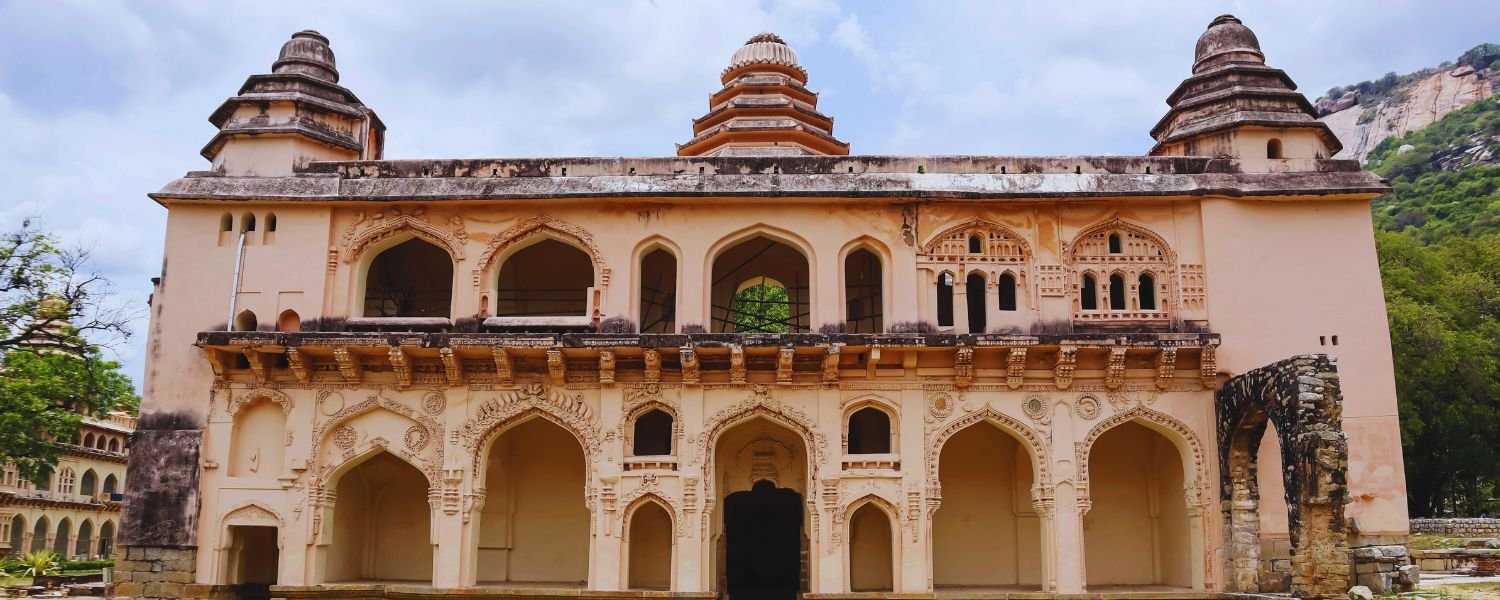
Before Chandragiri Fort became a famous gem of the Vijayanagara Empire, it was built by the Yadavarayas of Narayanavaram, a family that not many people know about.
A Karvetinagar chieftain named Immadi Narasinga Yadavaraya planned this hilltop fortress around the year 1000 CE as both a military stronghold and a sign of his family’s power.
They were in charge of the Narayanavaram area, now located in what is currently Andhra Pradesh. Their name was Yadavaraya.
Even though they weren’t very important in South India’s politics, they were used to wanting things. It was a genius to put Chandragiri on a rocky hill with steep sides that naturally protected it and gave it a great view of the fields below.
At its core, the first Chandragiri Fort was built for show, not just for war. It was built by the Yadavarayas as a sign of power using local rock, lime mortar, and strong walls that could withstand battles.
A lot of the early architecture has been lost to time, but the Yadavarayas’ building legacy goes on in the fort’s oldest bastions and the foundations that later rulers built on.
But history shows that when bigger powers rise, smaller players are often swept away. In 1367 CE, Chandragiri was taken over by the powerful Vijayanagara Empire.
This ended Yadavaraya’s freedom but started the golden age of the fort.
Vijayanagara Glory Days: Chandragiri’s Rise to Power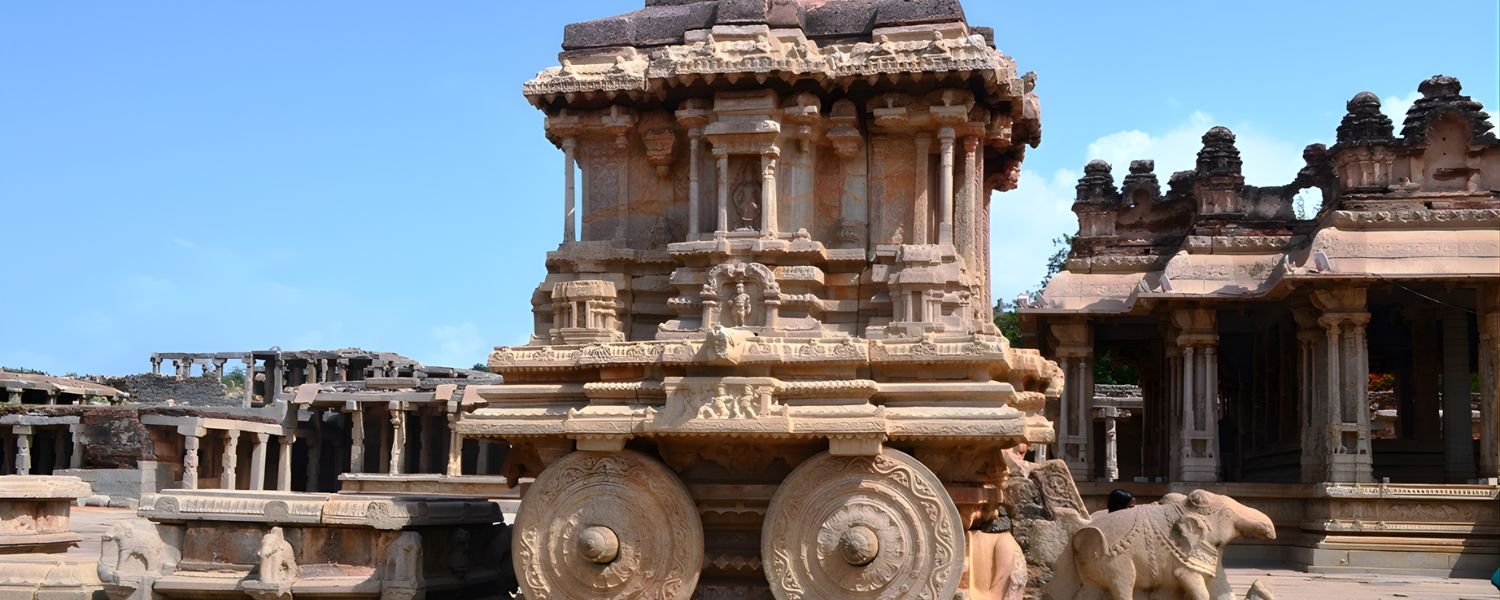
The Shift from Penukonda to Chandragiri
The Golconda Sultanate put the Penukonda fort in danger in the late 1600s. The rulers of Vijayanagara looked to the south for a stronger stronghold.
Their attention turned to Chandragiri, which had natural defences and well-built defences.
Chandragiri became the empire’s fourth and final capital during the rule of Venkatapati Raya (1585–1614 CE). This was the beginning of the empire’s golden age.
The Reign of Saluva Narasimha and Krishnadevaraya
Chandragiri became the political centre under Venkatapati Raya, but it was also important during the reigns of Saluva Narasimha (1485–1491 CE) and the famous Krishnadevaraya (1509–1529 CE). Chandragiri was more than just a defensive fort; it became an essential place for art, romance, and government.
One of the most famous stories associated with the fort is that of Krishnadevaraya’s marriage to Chinnadevi, a former prostitute who went on to become queen.
People say that their love grew inside the fort’s walls, which added a romantic touch to Chandragiri’s past.
A Centre of Administration and Art
When Vijayanagara was in charge, palaces, audience halls, churches, and waterworks were built in Chandragiri.
During this time, the Raja Mahal (King’s Palace) and Rani Mahal (Queen’s Palace) were constructed, showcasing the empire’s distinctive Indo-Saracenic style of architecture, which blended Hindu and Islamic elements.
Chandragiri wasn’t just about wealth, though. Great scholars like Vyasatirtha, a significant figure in the Dvaita Vedanta school, are said to have visited the fort, making it a spiritually significant place.
The Heartbeat of an Empire
By the late 16th and early 17th centuries, Chandragiri thrived as a beating heart of administration, trade, culture, and defense.
The fort oversaw not just governance but also diplomacy, military campaigns, and religious patronage, making it a crucial node in the Vijayanagara network.
Architecture: A Fortress of Grace and Might
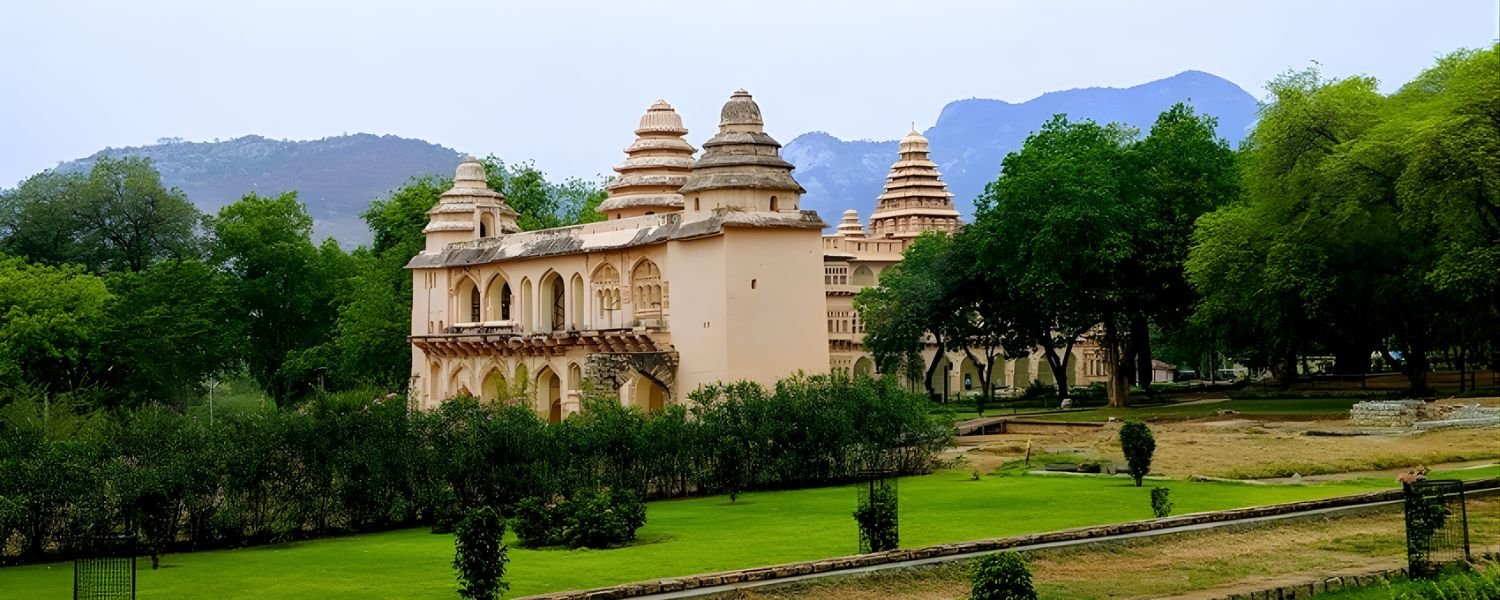
The Royal Raja Mahal and Rani Mahal
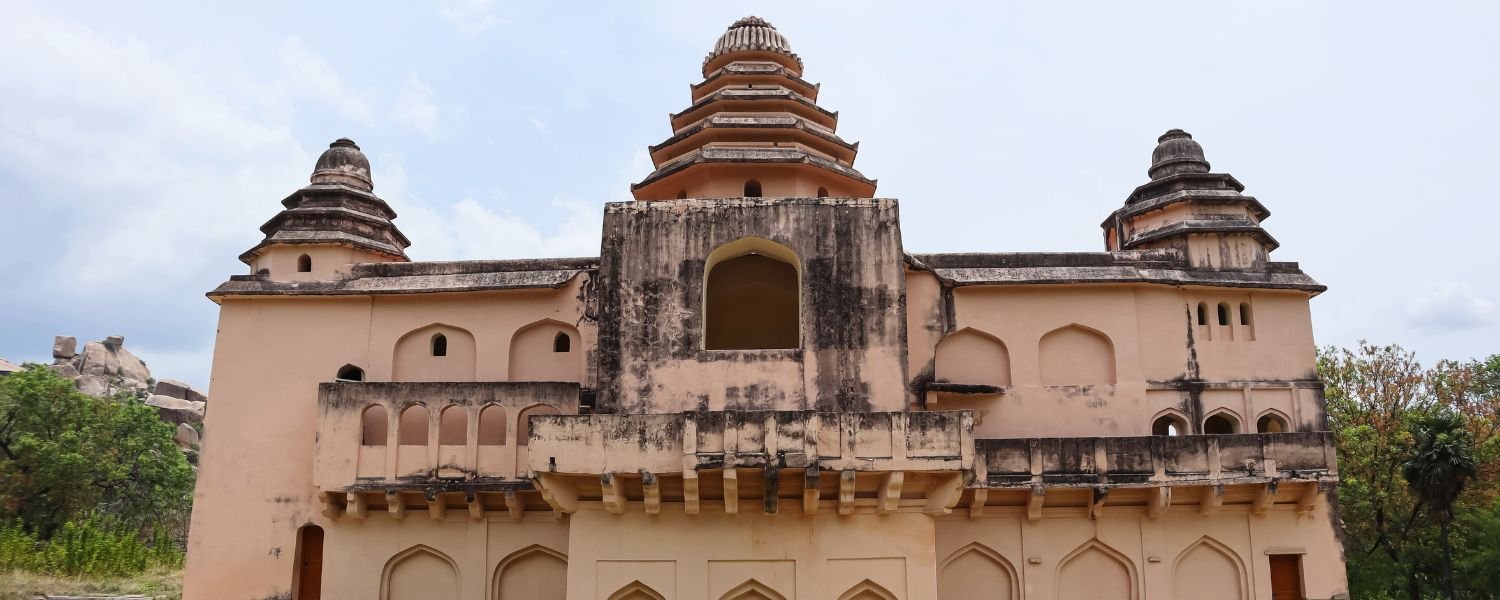
The Raja Mahal (King’s Palace) and the Rani Mahal (Queen’s Palace) are two of the most famous buildings in Chandragiri Fort.
They are beautiful examples of Vijayanagara architecture. These buildings were built without using wood because it could have started a fire.
Instead, they are made of stone, brick, and lime mortar, and they have arches, domes, and stucco decorations that are very well carved.
The Raja Mahal is now an archaeological museum. It is a three-story building with tiered towers on top that look like the Dravidian style used in South Indian shrines.
The Rani Mahal, which is smaller, was once the home of the queen and her court ladies. It had gardens and delicate decorations.
Fortress walls, ramparts, and watchtowers
Chandragiri wasn’t just pretty; it was also a military giant. The fort is surrounded by huge rock walls with rectangular bastions that were used to defend it against attackers.
The fort had a natural and man-made edge that made it almost impossible to attack: a wide moat, steep rocky cliffs, and high watchtowers.
The civilian town was protected by the outer walls, and the royal family, soldiers, and important officials lived in the inner fort.
The strategic thinking of Vijayanagara’s military engineers is shown by this multi-layered defence system.
Temples are holy places. Inside the Fort
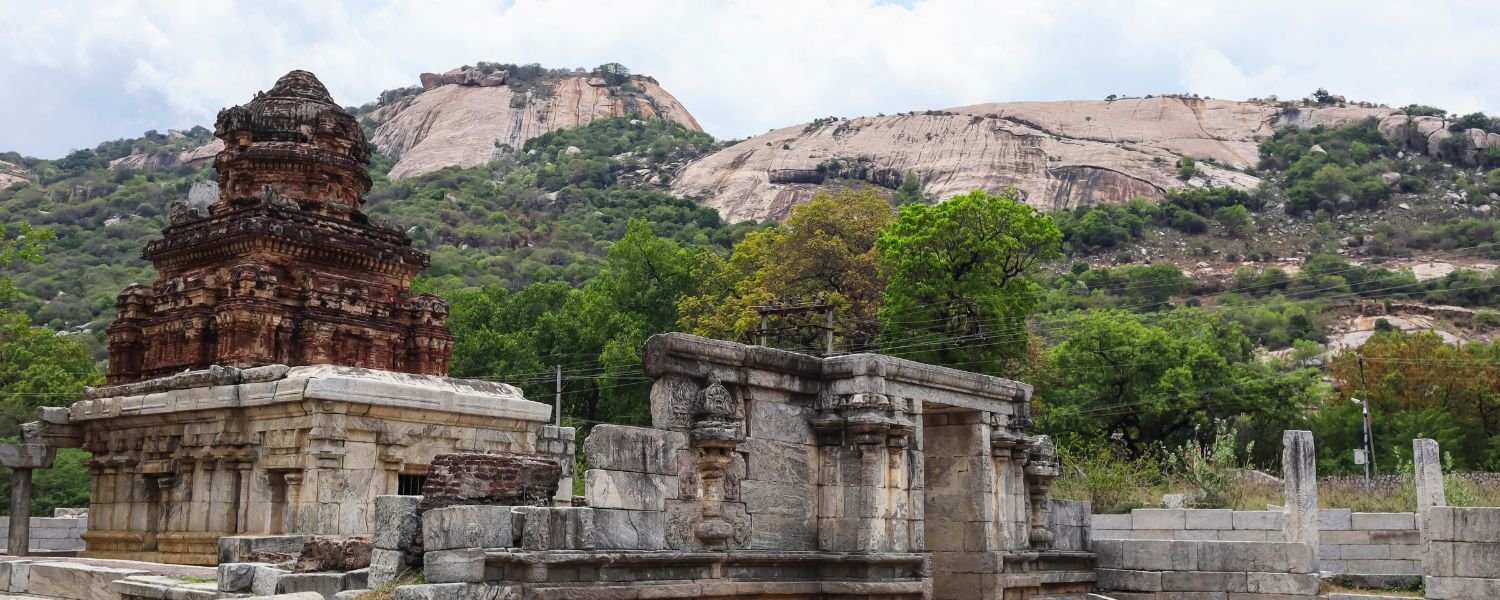
The fort complex has the ruins of eight old temples, some Shaivite and some Vaishnavite. This shows how religiously diverse the area is.
Many of them are in ruins now, but the stone carvings, pillared mandapas, and sanctums that are still there give people a sense of the spiritual life that used to be in the fort.
Smart Waterworks and Storage
A complex part of Chandragiri’s design that is often overlooked is its water management. It has underground storage tanks, rainwater collection systems, and stone-lined channels.
These features made sure that the fort could survive sieges and droughts, showing how smart the Vijayanagara builders were in real life.
The 1639 Turning Point: Treaty with the British
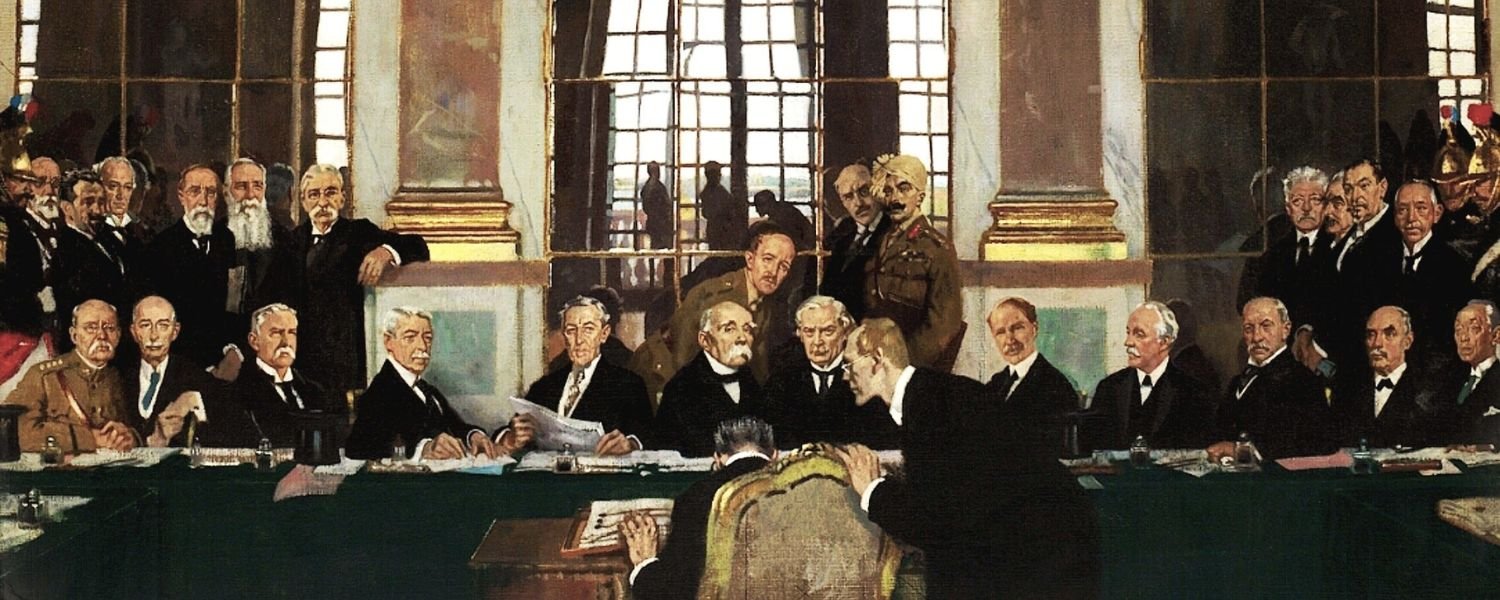
Chandragiri: The Important Meeting
The land gift to the British East India Company was signed at Chandragiri Fort in August 1639. This event would change the course of Indian history and history around the world.
The British were given permission to build Fort St. George in what is now Chennai (Madras). This was the start of British colonial rule in India.
Important people in the agreement
Sriranga Raya II was the ruler of Vijayanagara at Chandragiri. He was looking for ways to strengthen his kingdom, which was getting weaker.
Francis Day and Andrew Cogan are working on the land lease for the British East India Company.
The Land: A stretch of land along the coast around Madraspatnam (now Chennai) that was once ruled by the Vijayanagara Empire.
As to why Chandragiri was picked
At that point, it was the main city of Vijayanagara.
Powers in the area, such as the Dutch, French, and Portuguese, needed to be kept in check through diplomatic ties.
The British saw it as a way to get to South India’s textiles, spices, and trade lines, which were very valuable.
Historical Significance
Fort St. George was built on important historical sites and became the first British settlement in India and a major trade post.
The start of British rule: This small deal led to full-scale settlement in the end.
This is Chandragiri’s last claim to fame: The fort became less important politically after this international high point.
Decline, Invasions & Folklore: The Fall of a Great Fort
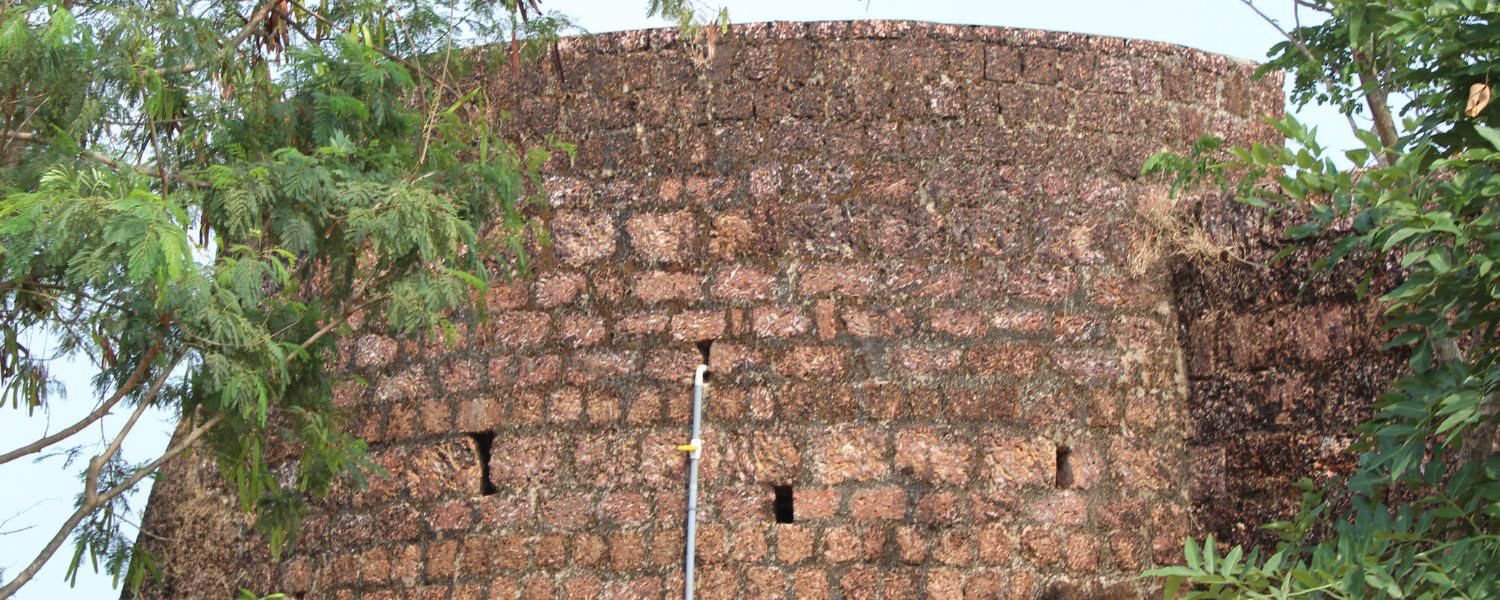
The Fall of Mysore and Golconda
After being in the international spotlight for a short time, Chandragiri Fort’s luck changed quickly.
The once-powerful Vijayanagara Empire was falling apart by the middle of the 17th century because of rivals in the area.
The Golconda Sultanate took over Chandragiri in 1646, which took away its political importance and threw it into a time of instability.
Later, the rulers of Mysore took over, and with their conquest came stories of violence and damage.
Reports from the area say that when Mysore troops attacked the fort, they killed many Vijayanagara loyalists in a brutal way.
Even though there aren’t many records, these stories have been told for a long time as a grim memory of the fort’s sad end.
The Shadow of Being Left Behind
When the 18th century came around, Chandragiri Fort was only a ghost of what it used to be.
The fort was left to the fate of time and nature after the British Empire grew and power centres moved around.
As time went on, the royal houses, temples, and ramparts slowly fell apart. Moss, rubble, and silence covered their grandeur.
People who visit today can still hear the ghosts of the past as they walk through the empty rooms and broken towers.
You can feel the sadness, but you can also see how strong the stone is, having stood up to ages of fighting and neglect.
Stories about lost treasures and ghostly voices
A lot of stories are told about Chandragiri, like many other old forts. There are many stories about hidden riches that defeated kings left behind in the chambers, hoping to get them back one day.
Some people in the area talk about ghostly figures that they see, like troops walking around, queens crying, or strange lights flickering at night when there is no moon.
Many historians think these stories are just myths, but they give Chandragiri a mysterious air that draws people who are interested in history, travel, and spirituality.
Because of its mix of written history and untold stories, this fort is like a live storybook where truth and fiction are mixed together.
Chandragiri Today: Museum & Heritage Efforts
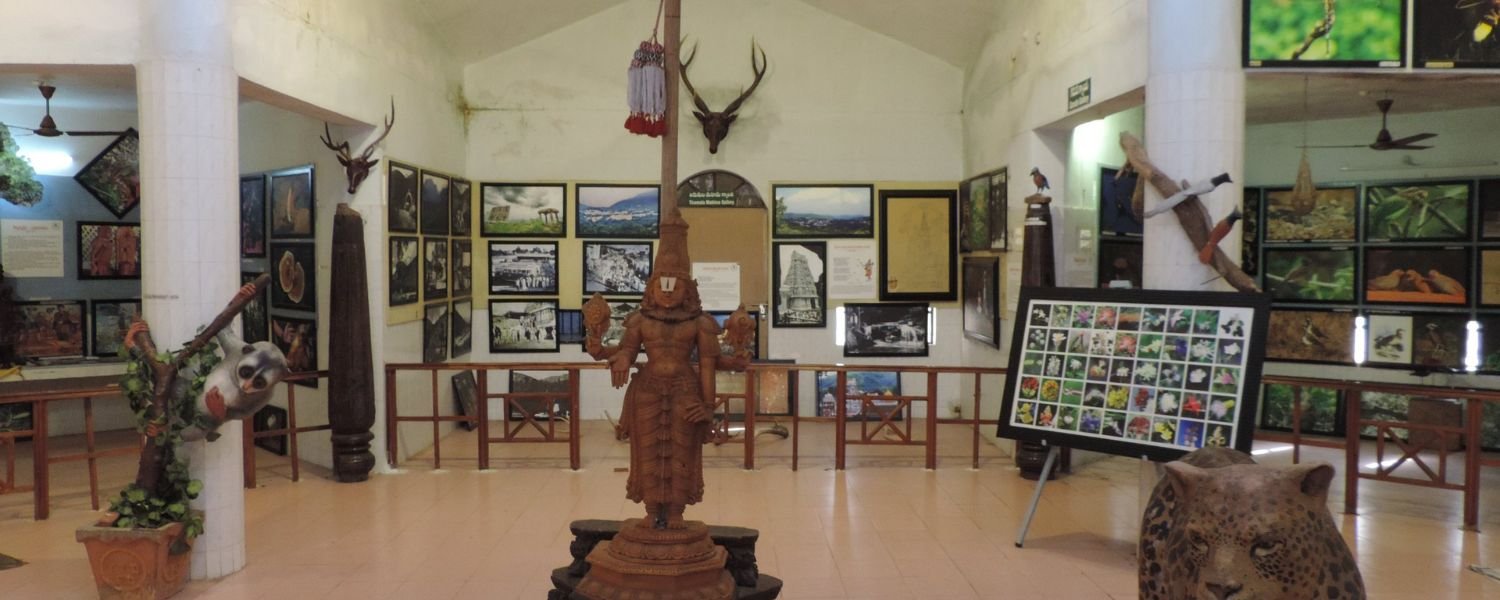
From Royal Palace to Archaeological Museum
Today, the heart of Chandragiri Fort beats inside the Raja Mahal, which has been beautifully restored and transformed into an archaeological museum.
Established under the care of the Archaeological Survey of India (ASI) in 1988, the museum showcases sculptures, inscriptions, coins, weapons, and artifacts excavated from the region.
These pieces offer a vivid glimpse into the everyday lives, beliefs, and artistic achievements of the people who once inhabited the fort.
Stepping into the Raja Mahal, visitors are greeted by its tall arches, tiered towers, and intricate stucco work — a living testimony to the Vijayanagara dynasty’s architectural splendor.
The Rani Mahal, although less ornate, stands nearby as another preserved monument, reminding us of the royal women who once graced its courtyards.
Conservation Efforts and Challenges
Preserving a centuries-old fort is no small task. Chandragiri’s high elevation, exposure to rain and wind, and the passage of time have all taken their toll.
The ASI’s conservation work has focused on structural reinforcement, debris clearance, and limited restoration to prevent further decay while retaining the fort’s historical authenticity.However, challenges remain.
Some parts of the fort, including the temples and outer walls, lie in varying states of ruin, and balancing tourism with preservation is an ongoing struggle.
Despite this, Chandragiri has emerged as one of Andhra Pradesh’s most important heritage tourism sites, drawing visitors not only for its history but also for its architectural beauty and panoramic hilltop views.
A Symbol of Living Heritage
Beyond its stone and mortar, Chandragiri Fort today stands as a symbol of living heritage. Schoolchildren on field trips, historians tracing the empire’s rise and fall, photographers capturing the golden evening light on the ramparts — all become part of the fort’s ongoing story.
It is a place where the past meets the present, inviting reflection, wonder, and a deepened appreciation for India’s cultural Heritage.
Travel Guide: Experiencing Chandragiri Fort
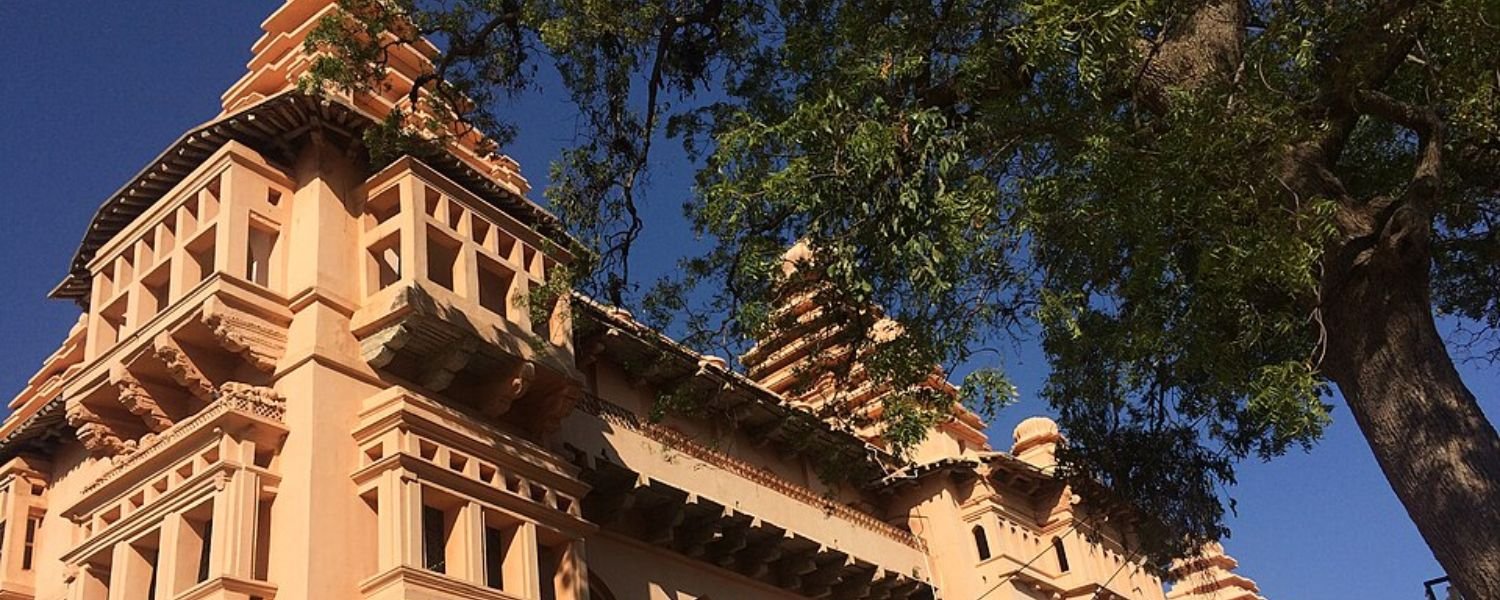
How to Get There
The temple city of Tirupati is only 15 kilometres away, and Chandragiri Fort is easy to get to by car.
There is a neighbourhood bus that goes from Tirupati to the fort and back. You can also take a taxi.
It takes about 30 minutes to drive to the fort, and along the way, you can see beautiful views of the hills and fields.
Chandragiri lies about 150 kilometers from Chennai, making it an easy day trip for those looking to explore the area further.
Visitors can easily reach the fort from both Tirupati and Chennai, as it is well-connected to several major roads.
The best time to go
The best time to visit Chandragiri Fort is from October to March, when it is cooler and easier to walk around the large grounds of the fort.
From April to June, the summer months, it can get very hot, which makes the trip less fun.
You can also enjoy wide views of the surrounding farmland with lush greenery and clear skies during the cooler months.
Fees to enter and times
People can visit Chandragiri Fort every day, most of the time from 9 AM to 6 PM. The small fee to enter makes it a reasonable vacation spot for all types of travellers.
According to the most recent information, the fee for Indian citizens is about INR 20 to 30. The fee for foreign guests may be a little higher.
Before you go, you should always check the most up-to-date information to make sure that there have been no changes to the times or fees.
What to See: Things You Have to See
Raja Mahal: Visit the royal house, now a museum, that displays items from the Vijayanagara era.
The Rani Mahal is a smaller, quieter house that shows how the royal women lived.
Inside the Fort, There Are Eight Temples: There are eight temples inside the fort. Each one has its own style of architecture.
Watchtowers and Ramparts: Climb to the top for stunning views of the fields, valleys, and hills in the area.
Attractions close by
If you’re travelling through the Tirupati area, here are some nearby places that you should see:
One of the greatest places in India to visit is the Sri Venkateswara Temple in Tirupati, which is only a short drive from Chandragiri.
Talakona Waterfalls: This beautiful natural wonder is about 50 kilometres from Chandragiri and is great for people who love the outdoors.
Srikalahasti Temple is another important religious place close to Tirupati. People know it for its beautiful architecture and historical importance.
Reflection: Standing Where Empires Rose and Fell
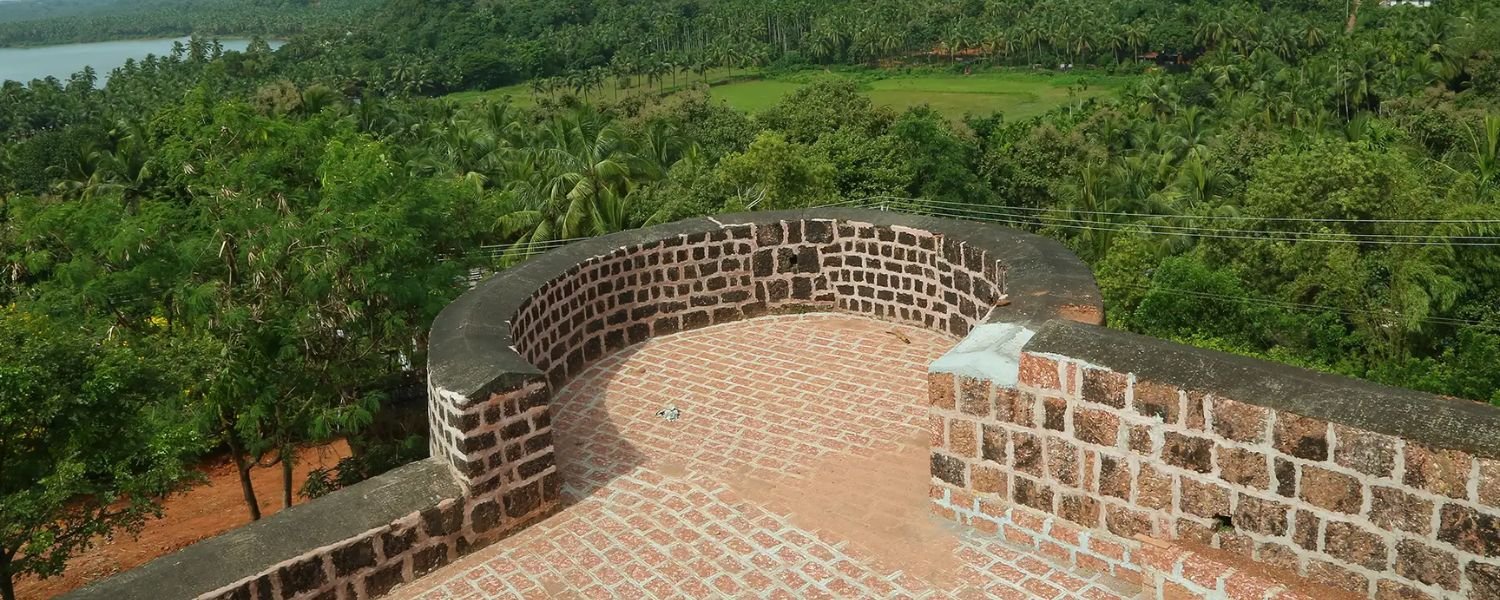
It feels like you’re living in history when you walk through the falling walls of Chandragiri Fort.
The sounds of kings, queens, troops, and sages who once walked these grounds echo in every stone, archway, and corner.
Standing where an empire once thrived, where battles were fought, alliances were made, and love stories began, moves you deeply.
Walking along the old paths reminds you that the fort’s walls have witnessed not only political power but also intellectual and artistic growth.
South India used to be a centre for art, learning, and religion, as shown by its beautiful architecture, detailed carvings, and holy places.
The fort is no longer a place of power, but it stands tall as a proud reminder of the past.
It’s a one-of-a-kind chance to connect with the past, think about the good and bad things that have happened in the area, and see for yourself how strong India’s architectural and cultural impact is.
The Chandragiri Fort is a unique opportunity for both tourists and history buffs to experience the grandeur of a time long gone.
And for those who come here, it leaves an indelible mark—a reminder of the beauty of history that lives on in both the stone and the minds of those who come here.
FAQs
1. What is the best time to visit Chandragiri Fort?
The best time to visit Chandragiri Fort is between October and March when the weather is cooler, making it more comfortable for exploring the fort and surrounding areas.
Avoid visiting during the peak summer months (April–June) due to the intense heat.
2. How can I reach Chandragiri Fort from Tirupati?
Chandragiri Fort is about 15 kilometers from Tirupati, making it easily accessible by road.
You can hire a taxi, take a local bus, or rent a private vehicle to reach the fort in around 30 minutes.
If you’re coming from Chennai, the fort is approximately 150 kilometers away.
3. What are the entry fees for Chandragiri Fort?
As of the latest information, the entry fee for Indian nationals is around INR 20-30, while foreign tourists may be charged slightly more.
The fort is open daily from 9 AM to 6 PM. Please check for any updates on fees and timings before planning your visit.
4. Do legends surround Chandragiri Fort?
Yes, Chandragiri Fort is rich in folklore. One of the most popular legends is about the hidden treasures buried by defeated kings, hoping for a future reclamation of their wealth.
Additionally, there are stories of ghostly apparitions and mysterious lights seen at the fort on moonless nights, adding a layer of mystery and intrigue to its historical significance.










